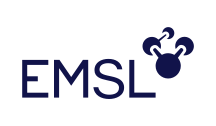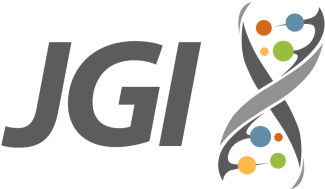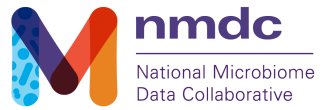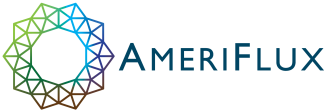Collaboration with DOE BER User Facilities & Programs
NEON partners with scores of national and international entities with shared missions to understand the impacts of changing climate and land use on earth systems. NEON’s partnerships with user facilities and programs within the U.S. Department of Energy Biological and Environmental Research (BER) exemplify the power of collaboration to enable and ultimately transform science and its impacts on society. Here we summarize these flagship partnerships and encourage interested parties to reach out to learn more.
Download This as a One Pager
Environmental Molecular Sciences Laboratory (EMSL)

NEON and the Environmental Molecular Sciences Laboratory (EMSL) are actively collaborating through the Facilities Integrating Capabilities for User Science (FICUS) program and the Molecular Observation Network (MONet), as well as through the associated Pacific Northwest National Laboratory project, the Worldwide Hydrobiogeochemistry Observation Network for Dynamic River Systems (WHONDRS). NEON staff collect environmental samples and provide scientific input to DOE staff to advance these programs.
Joint Genome Institute

Through its Community Science Program, the Joint Genome Institute is partnering with NEON to leverage its state-of-the-art sequencing and analysis capabilities to generate high-quality metagenomic data from NEON samples. NEON collects soil and freshwater samples annually alongside >180 other data products to enable local to continental-scale understanding of ecosystem dynamics that impact carbon storage, nutrient cycles, and biodiversity.
National Microbiome Data Collaborative

The discoverability, usability, and interoperability of NEON’s metagenomic data are significantly increased by accessibility through the NMDC Data Portal and the assembled and annotated products generated by NMDC’s standardized bioinformatics pipelines. Over 2,300 processed metagenomes from soil, surface water, and benthic samples are available in the NMDC Data Portal spanning NEON’s 81 field sites across the U.S.
AmeriFlux Network

NEON’s 47 flux towers and soil arrays are registered with AmeriFlux, comprising >15% of the active AmeriFlux Network (AFN) since 2016, furthering the shared goal of understanding long-term dynamics of ecosystem CO2, water, and energy fluxes. NEON data are accessible in the AFN Data Portal, along with the FLUXNET data product, contributing value-added gap-filled and partitioned versions of NEON products. AFN and NEON scientists collaborate on processing algorithms, quality assurance, and research, serving both DOE and NSF scientific user communities.
KBase Predictive Ecology

NEON staff provide the KBase Educators Community with training on NEON sampling protocols and data, enabling students and instructors to learn best practices around sample collection and to support comparability between their samples and NEON samples and interoperability of the resulting genomic datasets.